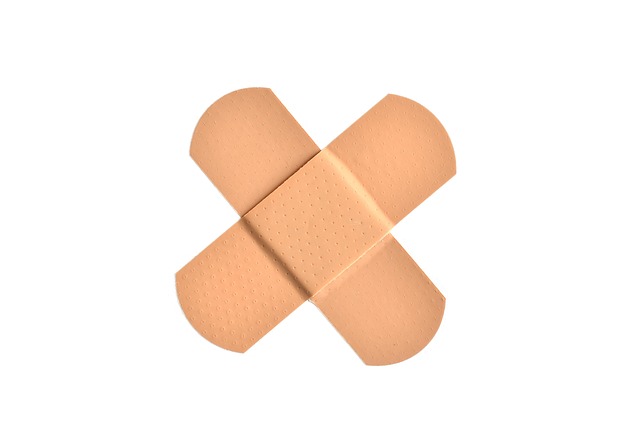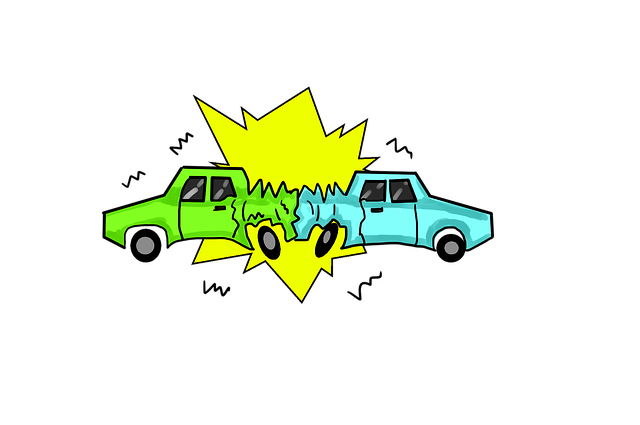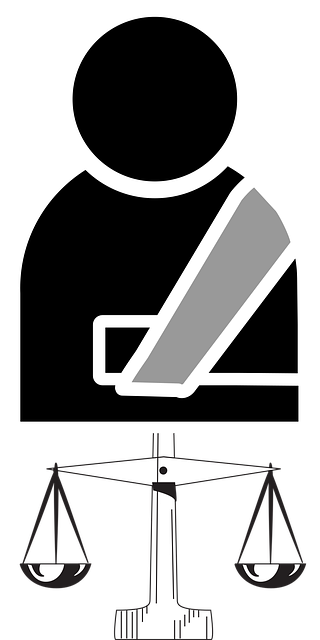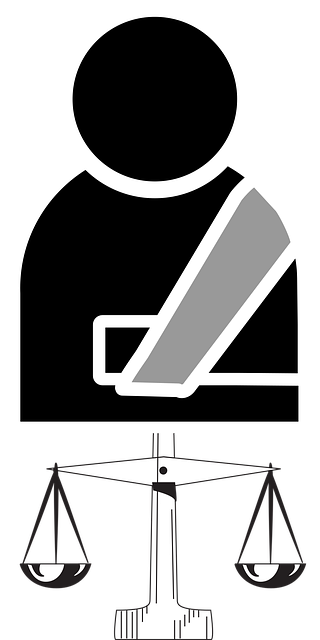In a car accident with an uninsured driver, comparative fault determines liability and compensation. Without insurance, individuals face legal complexities and potential financial burden due to reduced damages. Prioritize safety, document details, and explore options like personal injury protection (PIP) or suing the at-fault party for breach of duty.
In the event of a car accident involving an uninsured driver, understanding comparative fault is crucial. This comprehensive guide explores the intricate aspects of driving without insurance and its legal repercussions. We delve into the rights and responsibilities of all parties involved in such crashes, offering valuable insights to help navigate this complex landscape. By understanding comparative fault and the implications of lack of insurance, drivers can better protect themselves and make informed decisions post-accident.
- Understanding Comparative Fault in Car Accidents
- Legal Implications of Driving Without Insurance
- Rights and Responsibilities After a No-Insurance Crash
Understanding Comparative Fault in Car Accidents

In a car accident where one or both parties lack insurance, understanding comparative fault becomes paramount for determining liability and client recovery. Comparative fault is a legal concept that assigns responsibility for an injury based on the proportionate contribution of each party involved in the accident. Unlike traditional tort law, which might hold the at-fault driver entirely responsible, comparative fault considers the negligence or partial blame of all individuals present during the incident. This means if you’re injured in a car accident with an uninsured driver, your potential compensation could be reduced by the degree to which you are deemed at fault.
When dealing with a car accident no insurance scenario, an experienced accident attorney can help navigate these complex issues. They will advocate for your rights and ensure that you receive fair compensation for any sustained injuries, including property damage claims. The goal is to balance the interests of all parties involved while ensuring the injured client recovery as much as possible under the circumstances.
Legal Implications of Driving Without Insurance

Driving without insurance is a serious matter with significant legal implications, especially when involved in a car accident. In many jurisdictions, operating a vehicle without valid insurance is considered a violation and can lead to severe consequences for the driver. Fines, penalties, and license suspensions are common punishments for those who break this law. However, the real impact goes beyond these immediate penalties.
During a car accident no insurance scenario, the absence of insurance coverage can complicate legal proceedings, particularly when determining liability. Comparative fault, a legal principle that assesses the responsibility of each party involved in an accident, becomes crucial. If a driver is found at fault for the accident due to their negligence, they may face substantial financial obligations, including medical bills and damages, even without another insured party. This underlines the importance of insurance not just as a financial safeguard but also as legal protection in case of unforeseen events on the road.
Rights and Responsibilities After a No-Insurance Crash

After a car accident involving an uninsured driver, understanding your rights and responsibilities is crucial. The first step is to ensure everyone’s safety and seek medical attention if needed. Once immediate concerns are addressed, drivers involved in such crashes should document all relevant details—exchange insurance information with other parties (if applicable), take photos of the scene, and record any witness statements. This comprehensive approach can be vital for subsequent legal proceedings or property damage claims.
In the event that another party is at fault due to negligence, you may have grounds to pursue compensation for damages, including medical bills, vehicle repairs, or lost wages. However, in a car accident no insurance scenario, it’s essential to recognize that insurance companies may not be involved from the outset. Therefore, victims should explore their options, such as personal injury protection (PIP) coverage under their own policies if available, or filing a lawsuit against the at-fault driver for breach of fiduciary duty. Even in cases like nursing home neglect, where a vehicle is not involved, the principles of comparative fault can still apply to determine liability and compensation.
A car accident with an uninsured driver can be a complex legal situation. Understanding comparative fault is crucial, as it determines liability and compensation in such cases. Those involved must know their rights and responsibilities, especially regarding personal injuries and property damage. Being aware of the legal implications of driving without insurance can help prevent accidents and protect your interests if a crash occurs. If you find yourself in a car accident with no insurance, knowing your options and understanding the system is essential for navigating this challenging scenario.






